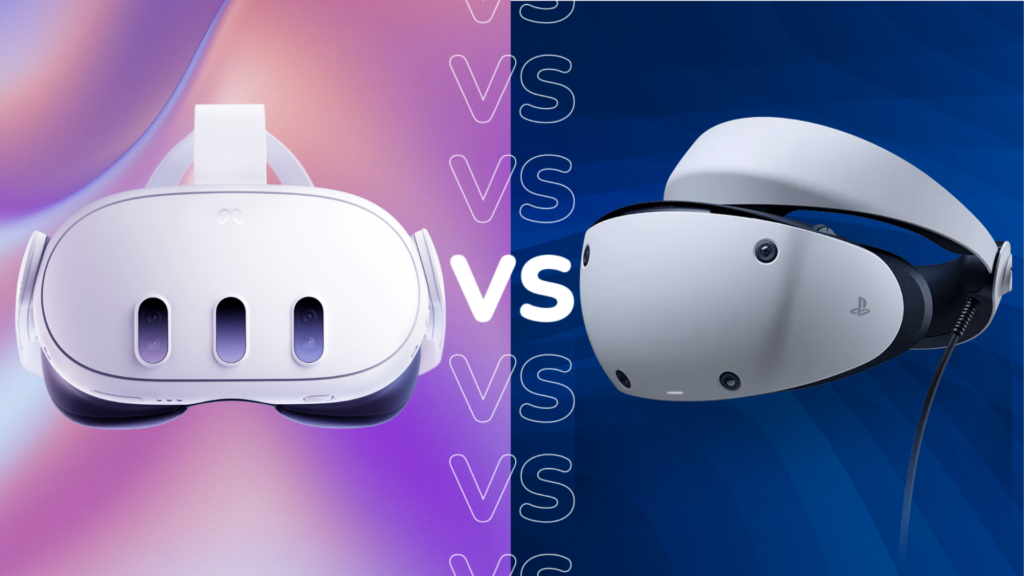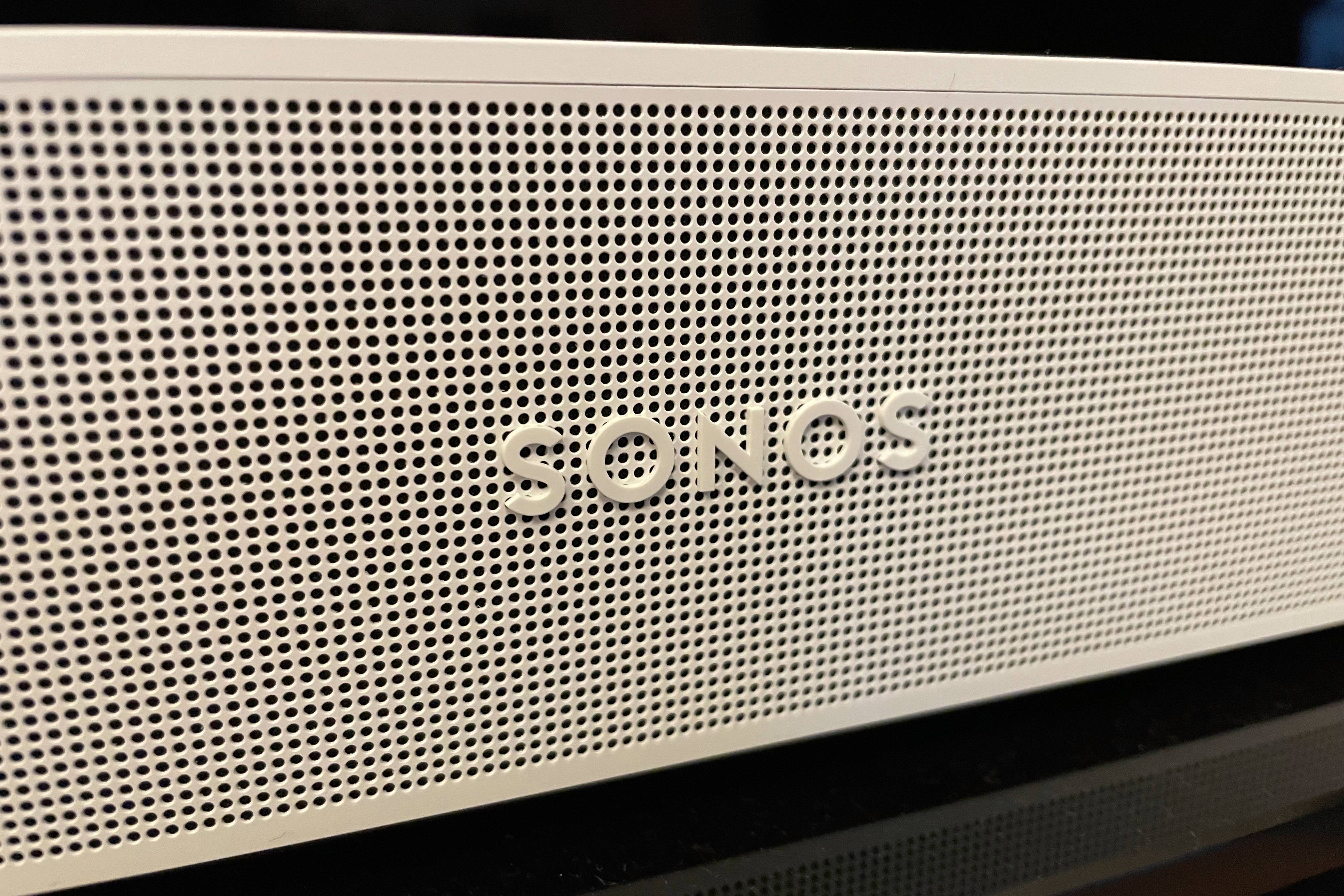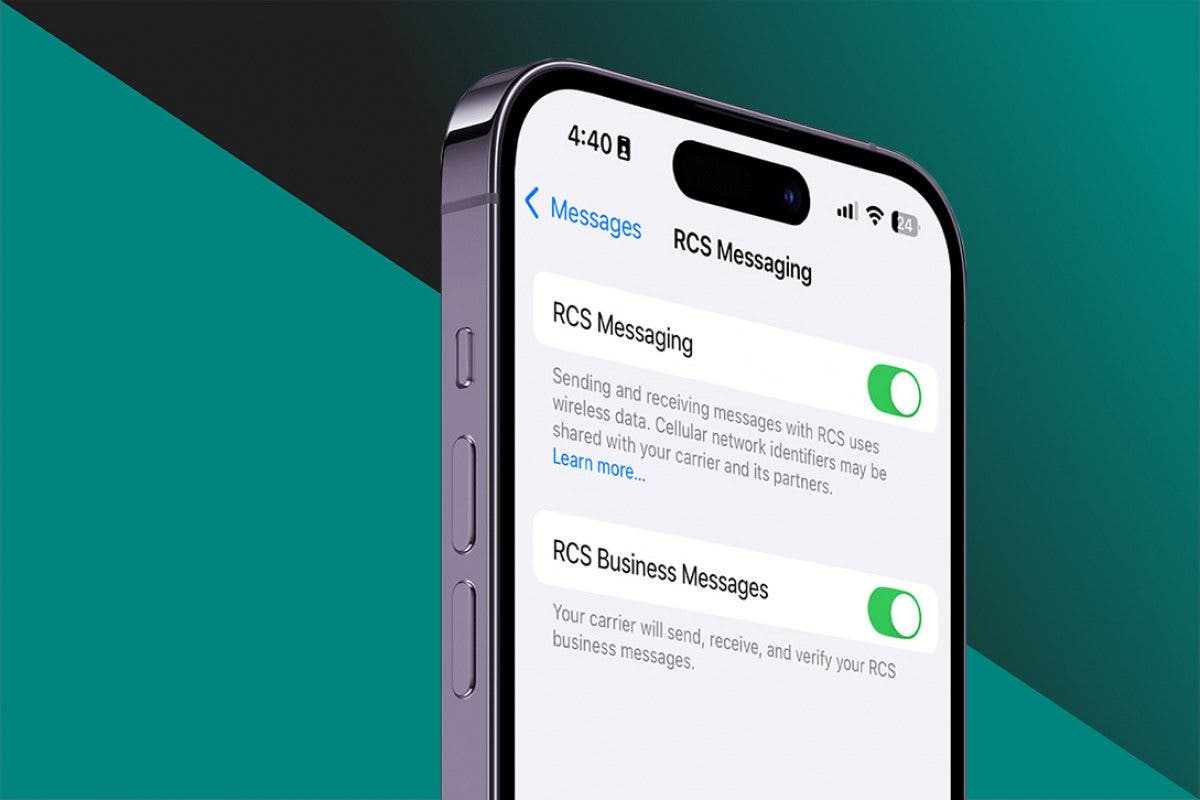You can play Chess.com matches using the GoChess Mini
Online chess has exploded in popularity since the Netflix series The Queen’s Gambit, but many people prefer to play on a real board. The GoChess Mini lets you do just that, allowing you to compete in online matches on Chess.com and Lichess.
It pulls this off by wirelessly connecting the board to your smartphone. Sensors on the board detect where you’ve moved your pieces and lights under each square show you where to move the opponent’s pieces when they make a move.
It’s a clever, simple system… but not without its quirks.
GoChess Mini Design
There’s a premium feel to the board, pieces and accessories
The name GoChess Mini is something of a misnomer. It makes it sound like one of those pocket chess sets you used to take on holiday as a child, whereas this is a full size (35cm x 35cm) chess board with weighty, ceramic-style chess pieces.
The ‘Mini’ distinguishes it from other, bigger products in the GoChess range, where the pieces magically move themselves. Here, a colored ring of light under each square shows where you should move the opponent’s pieces.
The board itself is battery powered and can be recharged with the supplied USB-C cable. The battery lasted around four hours in my tests – the accompanying smartphone app reveals the battery level.
Talking of battery life, your smartphone display must also be on while you play, showing information such as a virtual board, past moves, captured pieces, timers etc. There’s even a smartphone stand provided in the box so you can prop the screen up next to the board. It wasn’t a huge battery drain during my tests with a Google Pixel 8a, but you might want to keep a charger handy.
Playing Options
There are three playing modes with the GoChess Mini. You can play against the board’s own AI, against another human player, or against online opponents using either Chess.com or Lichess.
The board’s own AI has 32 difficulty levels, meaning you should find an appropriate challenge, whether you’re a complete beginner or take your chess seriously. Annoyingly, however, the GoChess app doesn’t remember your preferred AI settings, meaning every time you start a new game you must choose the duration, skill level and whether you want the various AI assistance options enabled all over again.
The AI can highlight the best piece to move, the best available move and alert you to any potential blunders. These assists can help level the playing field if an adult’s playing a child, for example, allowing the younger player to benefit from AI advice while the adult plays unaided.
Connecting to online services is the mode in which the GoChess Mini really shines. Maybe it’s because I was brought up with standard chess boards, but I often struggle to spot dangers on a virtual 2D board that I would see on a real-life chess board. The GoChess Mini eliminates that problem and stays perfectly in sync with the online game, meaning you can play someone online as if they were sitting opposite you.
There are drawbacks, however. You’re at an immediate disadvantage in fast-moving “bullet” chess games, for example, because not only do you have to move you own pieces on the board, but your opponent’s. That extra second or two it takes on every move can make a big difference when you’ve only got a total of five or ten minutes to make all of your moves.
In my tests, I also found the GoChess Mini worked much more smoothly with Chess.com than the open-source Lichess. Sometimes Lichess games would seemingly lose connection midway through a game, which is frustrating.
Irritating Flaws
The board doesn’t always recognize when you’ve moved a piece
Erratic online gaming isn’t the only flaw with the GoChess Mini. It occasionally fails to register moves, meaning you have to donk the piece on the board several times before it acknowledges you’ve played your move. That’s very irritating in games when you’re under a tight clock.
You also have to be reasonably precise about piece positioning, making sure you place it as centrally as possible. If you leave a piece on the edge of a square, the AI can sometimes think you’re moving it, sparking confusion. This can certainly disrupt games until you get used to the accuracy required.
GoChess Mini Verdict
Despite its flaws and foibles, the GoChess Mini has tempted me back to the game after growing frustrated with online chess. To play online opponents on a proper board is the perfect combination, even if the very fast-moving games are more difficult.
At $200 from Amazon, the GoChess Mini isn’t cheap, but it’s not exorbitantly expensive and there’s no ongoing subscription, which is the way with so many pieces of tech these days. If you prefer to play on a physical board but enjoy the challenge of playing human opponents online, buying the GoChess Mini would be a wise move.







